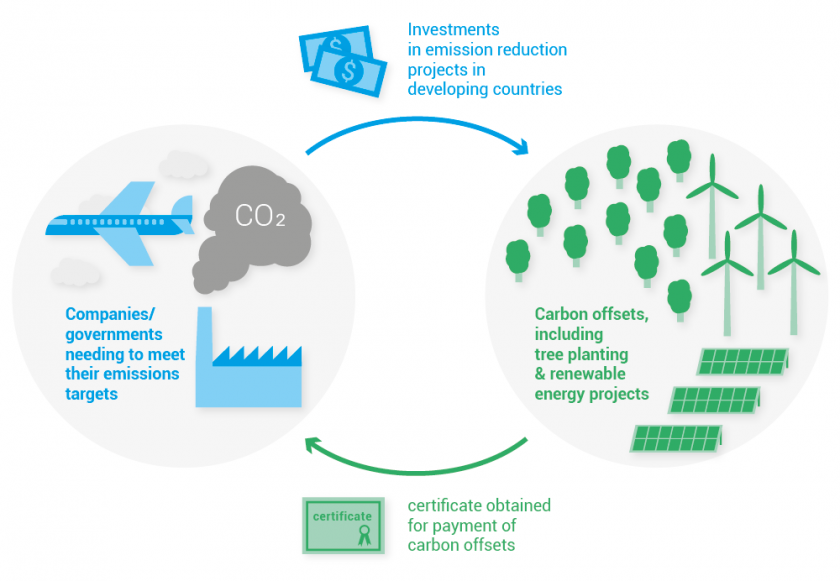Rethinking Carbon Offsetting
The Imperative of Carbon Responsibility
In the face of escalating climate change, carbon offsetting emerges as a pivotal mechanism to neutralize the carbon footprint of organizations and individuals. This narrative delves into the essence of carbon offsetting, its operational mechanisms, and its critical role within the broader spectrum of climate change mitigation strategies.
Decoding Carbon Offsetting
Carbon offsetting serves as a compensatory measure, enabling entities to balance out their carbon emissions by funding projects that either reduce or absorb carbon dioxide. This balance is central to achieving carbon neutrality, where the carbon released is equivalently sequestered from the atmosphere, fostering a sustainable environmental equilibrium.
The Carbon Footprint Conundrum
A carbon footprint represents the total greenhouse gas emissions attributed to an entity, encapsulating emissions from direct activities, energy consumption, and extended organizational operations. Understanding one’s carbon footprint is foundational to identifying and implementing effective offsetting strategies.

Operational Mechanics of Carbon Offsetting
Offsetting operates through the financial support of projects dedicated to carbon reduction or removal, spanning renewable energy installations, reforestation endeavors, and advancements in clean technology. These initiatives contribute to a reduction in atmospheric CO2, counterbalancing the emissions produced by the offsetting entity.
Implementing Carbon Offsetting: A Stepwise Guide
- Emission Quantification: Initiate by calculating the comprehensive greenhouse gas emissions, factoring in all organizational activities.
- Project Selection: Choose a credible carbon offset project that aligns with the entity’s sustainability goals and values.
- Financial Commitment: Invest in the chosen project to neutralize the calculated emissions, obtaining carbon offsets as a testament to the contribution.
A Sectorial Focus
The real estate sector, a significant emitter due to construction and operational activities, has a substantial role in curbing greenhouse gas emissions. By integrating energy-efficient technologies, sustainable building designs, and waste minimization practices, the sector can significantly diminish its environmental footprint.
Aligning with Global Climate Objectives
The Paris Agreement and the Science-Based Targets initiative (SBTi) set forth a framework for organizations, including those in real estate, to establish and pursue scientifically aligned emission reduction targets. This alignment is crucial for mitigating the sector’s impact on global warming.
Beyond Offsetting: The Truth About Greenwashing
While carbon offsetting is a vital tool for emission reduction, the rise of greenwashing—where the environmental benefits of a product or action are overstated—poses a challenge. Organizations must navigate this landscape with transparency and integrity, ensuring their offsetting efforts genuinely contribute to environmental sustainability.
The Holistic Path to Climate Resilience
Carbon offsetting is an integral, albeit partial, solution within the broader climate action strategy. It must be complemented by direct emission reduction measures and sustainable practices across all operational facets. Acknowledging the nuances of carbon offsetting, including the potential for greenwashing, is essential for achieving genuine and long-lasting environmental benefits.









